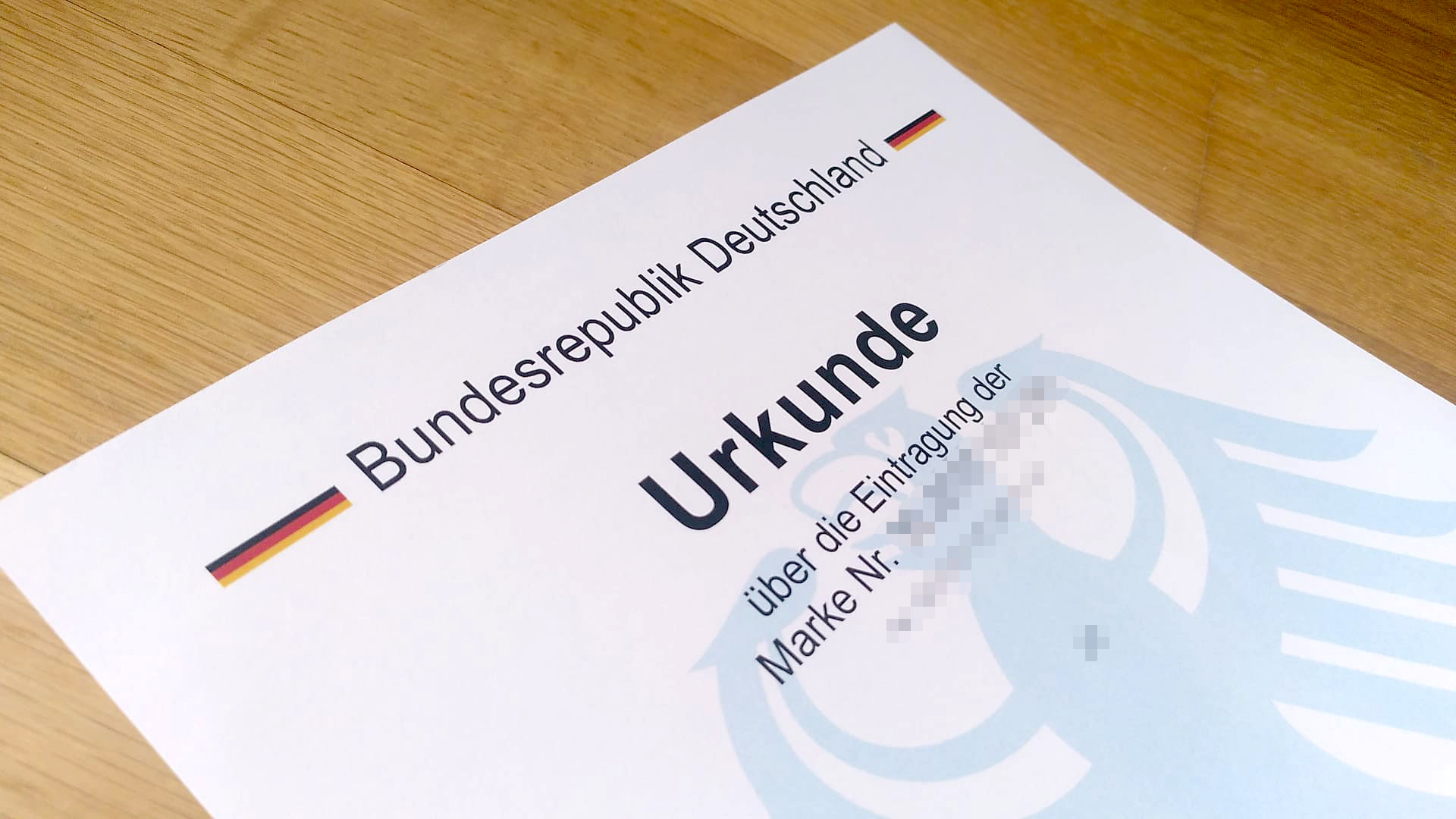
How to trademark a business name in Germany
As a business owner or founder, it is important to protect your brand by registering trademarks in Germany and abroad.
Trademark protection is integral to intellectual property law, allowing you to secure exclusive rights over using your mark.
You have two main options to achieve this protection effectively: applying for international trademark registration through the Madrid System or individually filing with each country’s local trademark office.
Each option has advantages and disadvantages; however, whichever route you choose, ensure you regularly monitor potential violations and promptly enforce your rights against infringers when necessary.
What is a trademark, and why is it important for your business?
A trademark is a symbol of the identity of your business. The original names, phrases, symbols, logos, and designs you create for your business help identify your products and services.
Consumers can distinguish your offerings from competing businesses largely thanks to memorable trademarks.
What are the benefits of registering a trademark in Germany?
Registering a trademark in Germany has several benefits. The registration grants you the right to prohibit using your trademark throughout Germany. You also get legal protection against infringers or counterfeiters who may try to copy or misuse your trademark.
Additionally, you can use your registered trademark to apply for international or European trademarks to expand your business abroad.
What are the types of trademarks that you can register?
There are different types of trademarks that you can register depending on what you want to protect. Some common types are:
- Word marks: These trademarks include words, letters, numbers, or slogans. They protect only the verbal expression of your brand name or slogan, not its appearance or design. For example, the business name “Nike” is a word mark.
- Figurative marks: Trademarks consist of images, graphics, logos, or stylized fonts. They protect only the visual expression of your brand name or logo, not its meaning or sound. For example, Nike’s swoosh logo is a figurative mark.
- Word/figurative marks: These trademarks combine words and images in one sign. They protect both the verbal and visual expression of your brand name or logo. For example, Nike’s word/figurative mark is “NIKE” with a swoosh logo below it.
- Shape marks: Trademarks are three-dimensional shapes or contours that identify your products or services. They protect only the shape or form of your products or packaging, not their function or material. For example, Coca-Cola’s bottle shape is a shape mark.
- Color marks: Trademarks consist of one or more colors without any contours or shapes. They protect only the color scheme of your products or services as an indication of origin, not their appearance or design. For example, Tiffany & Co.’s blue color is a color mark.
- Sound marks: These trademarks include sounds or melodies identifying your products or services. The protection is only for the acoustic expression of your brand name or slogan as an indication of origin, not their meaning or content. For example, Intel’s four-note sound is a sound mark.

Trademark application process: How to Register a Trademark in Germany
Choose a distinctive and non-conflicting trademark name or logo and conduct a trademark search to avoid infringement issues.
What are the requirements for trademark registration in Germany?
To register a trademark in Germany, you need to follow this registration process:
- Choose a distinctive and non-conflicting trademark name or logo: Your trademark should be unique and not similar to any existing trademarks that may confuse consumers. You should avoid using generic, descriptive, or misleading terms that cannot function as trademarks.
- Conduct a trademark search to avoid infringement issues: Before you file your application, check if your trademark is registered or applied for by someone else in Germany or abroad. You can use online databases such as TMview or DPMAregister to search for existing registered trademarks. You can also hire a professional service, such as a trademark attorney, to conduct a comprehensive trademark search.
- File an application for trademark registration at the German Patent and Trademark Office (DPMA): You can use the trademark electronic application system to file your application online, electronically, by fax, or by post. You must provide information such as your name and address, your trademark name or logo, a list of goods or services you want to protect, and a declaration of use or intent to use your trademark. You also need to pay an application fee depending on the number of classes of goods or services that you indicate.
- Wait for the examination and publication of your application: The DPMA will examine your trademark application for formal requirements and absolute grounds for refusal. If there are no objections, your application will be published in the electronic Trade Mark Journal. This starts a three-month opposition period during which third parties can challenge your application based on prior rights.
- Receive your registration certificate: If there are no oppositions or if they are resolved in your favor, you will receive a registration certificate from the DPMA. Your trademark will be registered for 10 years from the filing date and can be renewed indefinitely every 10 years upon payment of a renewal fee.
How much does it cost to register a trademark in Germany?
The number of classes and legal fees determine the cost when registering a trademark in Germany. The basic trademark registration fees for up to three classes is €300 for paper-based filing and €290 for online or electronic filing. Class fees of €100 are due for each additional class.
How long does it take to register a trademark in Germany?
Registering a trademark in Germany may take 6 months to 2 years, depending on various factors such as the complexity of your application, the number of objections or oppositions, and the workload of the DPMA.
How to Protect Your Trademark Rights in Germany
To protect your trademark rights in Germany, you need to follow these fours steps, as outlined in the trademark law:
Register your trademark before you introduce your products or services into the German market
Registration grants you exclusive rights to use your trademark throughout Germany and to prevent others from using confusingly similar marks. You can also use your registered trademark to apply for international or European trademarks to protect your mark in other countries.
Monitor your trademark for potential violations or misuse
You should regularly check if anyone is infringing or diluting your trademark by using online databases, trade fairs, market surveys, or professional services. You should also watch out for applications for similar trademarks that may conflict with yours and file opposition if necessary.
Enforce your trademark rights against infringers or counterfeiters
If you find out someone is violating your trademark rights, you can take legal action against them. You can send them a cease-and-desist letter, demand compensation, file a lawsuit, or request an injunction. You can also register with German Customs if you believe someone will infringe on your rights at a trade fair or import counterfeit goods. You may need to hire a lawyer to assist you with these steps.
Renew or maintain your trademark registration
Your trademark registration is valid for 10 years from the filing date and can be renewed indefinitely every 10 years upon payment of a renewal fee. You should also use your trademark regularly and properly to avoid losing it due to non-use or genericide.
How to Register a Trademark Internationally
To register a trademark outside of Germany, you have two main options:
Apply for international trademark registration through the Madrid System
The Madrid System is a treaty that allows you to file a single application for a trademark in multiple countries that are members of the system.
Before applying for international registration, you must have a basic registration or application in your home country (such as Germany). You can file your application online using TEASi or by paper form.
The advantages of this option are that it is simpler, cheaper, and faster than filing separate applications in each country.
The disadvantages are that you may face objections or refusals from some countries, your international registration depends on your five-year basic registration, and you may need to hire local agents or lawyers if you encounter any problems.
Apply for national trademark registration in each country individually
This option involves hiring a local attorney or agent in each country where you want to protect your trademark and applying according to their laws and procedures.
The advantages of this option are that you have more control over your trademark rights in each country, tailor your application to suit each market, and avoid some of the risks associated with the Madrid System.
The disadvantages are that it is more complex, expensive, and time-consuming than the Madrid System.
How do you apply for international or European trademark registration?
Another option is to apply for a European Union trademark (EUTM) through the European Union Intellectual Property Office (EUIPO). This grants you protection for your trademark in all 27 member states of the EU with one single application. However, this does not cover countries outside of the EU.
You should seek professional advice regarding the geographic area that you want protection in for your desired name.
Protect Your Brand and Ensure Proper Enforcement with the Right Trademark Strategy – Take Advantage of the Madrid System or Individual Applications for International Registration.
Registering a trademark in Germany or abroad is important to protect your brand. With the right strategy, you can ensure your mark is properly enforced and maintained for years. To do this effectively, it’s recommended that you research all of your options carefully before making any decisions and consult with experts when necessary.
The Madrid System offers a simpler, faster way to register trademarks internationally, while individual applications offer more control over each country’s laws and regulations.
Regardless of which option you choose, make sure you monitor potential violations regularly, as well as enforce your rights against infringers promptly if needed.
Lastly, remember to renew or maintain your registration every 10 years to remain valid indefinitely!
